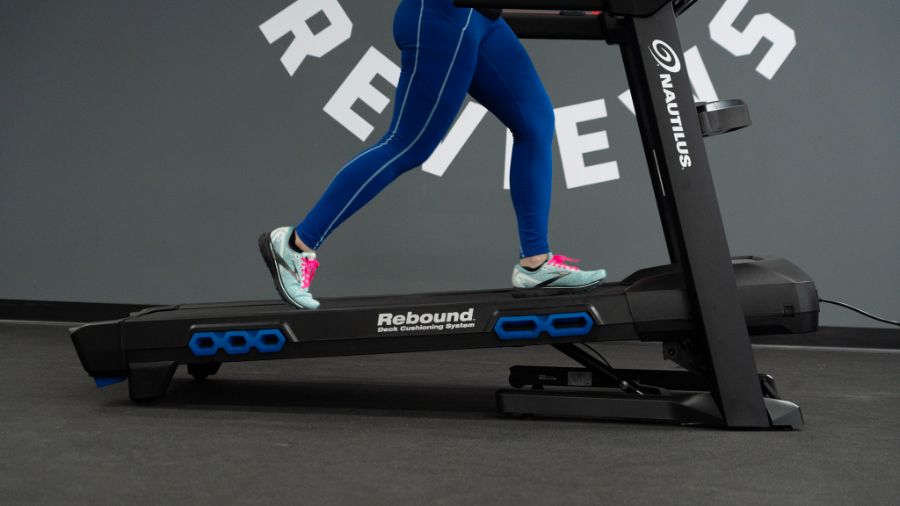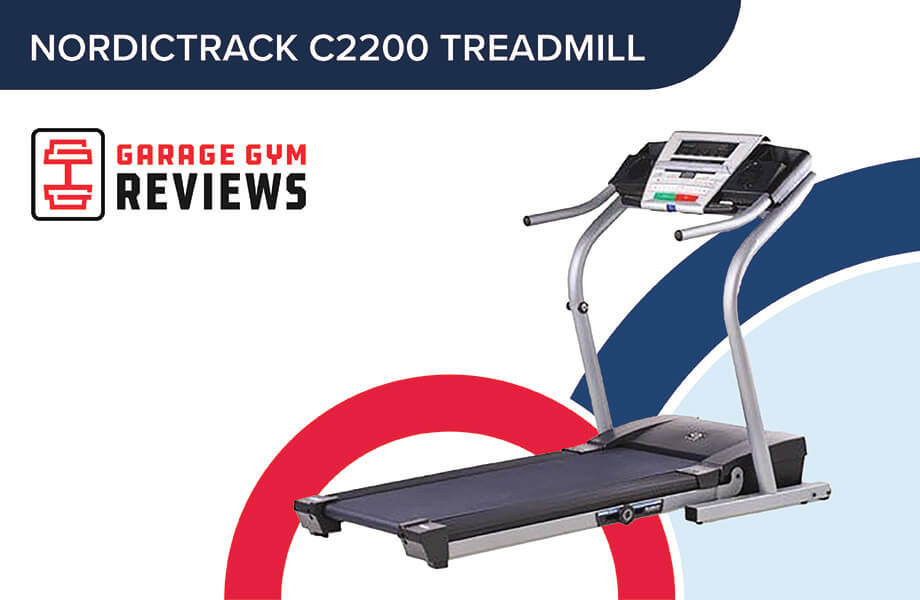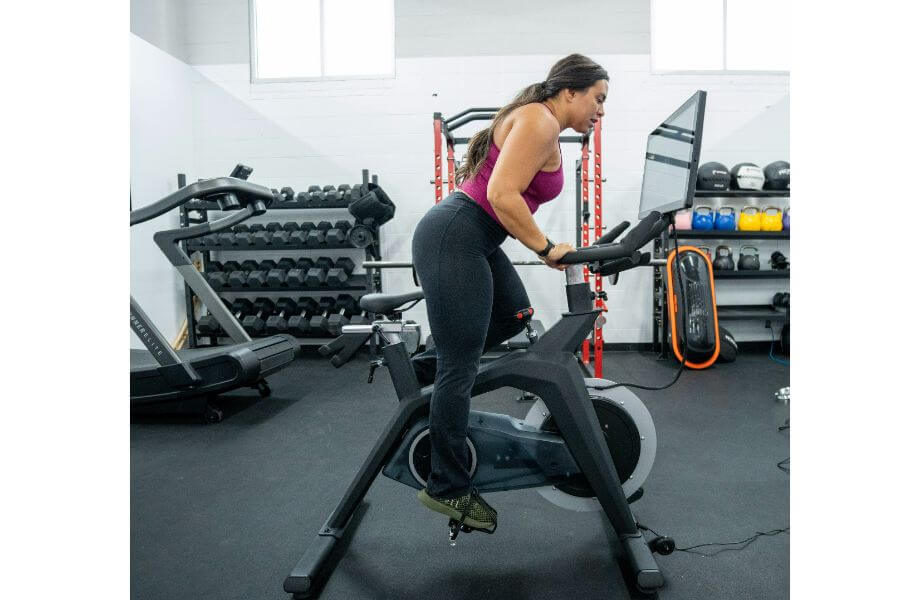Anyone who’s ever scaled the sidewalks of San Francisco, trekked hilly terrain, or gone on a hiking date knows that walking on a steep gradient is taxing. As it goes, walking at an incline offers a slew of health and fitness benefits, including stronger glutes, a healthier heart, and improved stability.
Luckily, you don’t need to live in one specific Cali city or somewhere hilly to get in a good incline walking workout. Heck, you don’t even need to go outdoors to reap the rewards of incline training— so long as you have access to a treadmill with an incline feature, incline training is accessible to you.
Intrigued? Read on for a complete breakdown of incline treadmill benefits. Below, you’ll learn how using the incline on the treadmill can strengthen nearly every muscle between your trainers and tank. Plus, the potential injury risks of walking at an incline for too long, too soon.
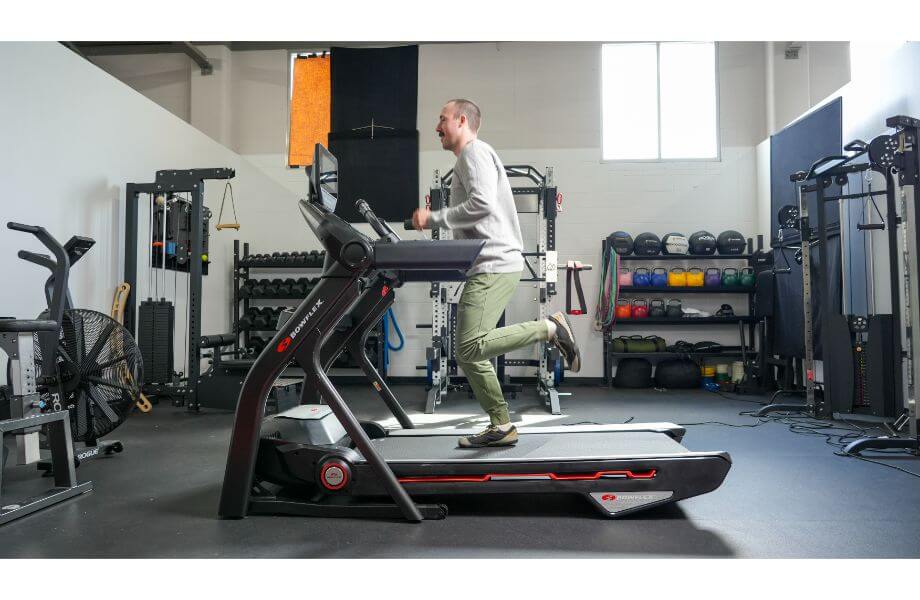
What Is Incline Training, Exactly?
Sometimes known as hill training, incline training involves walking or running on an inclined surface.
Most commonly, incline training takes place on a treadmill, so that’s what we’ll be talking about here. Though, it can also take place on a hiking trail, ski mountain, elliptical, or even a stationary bike.
Indisputably more difficult than a cardio workout on a level surface, incline training requires more effort and power from your lower body muscles and heart compared to other kinds of training—and that’s true no matter your pace or whether you’re doing low-impact aerobic exercise or tackling a HIIT treadmill workout. (More on these benefits below).
6 Incline Treadmill Benefits
Need a little convincing to press the “up” arrow to raise the incline on your home treadmill? Ahead, six health and fitness benefits of using the treadmill on an incline.
1. Pumped Posterior Chain
Walking and running on all surfaces works the muscles that make up your lower-half. But walking at an incline works your posterior chain, the muscles along the backside of your body, to a greater extent than running on flat ground, says strength and conditioning coach Reda Elmardi, R.D., C.S.C.S., founder of The Gym Goat. Every time you step up a hill, your glutes, hamstrings, and calves have to go into overdrive to propel you up the hill, he says.
In addition to creating the look of a rounder rear, a strong posterior chain can help you be more explosive in sport and life, reduce your risk of injury, and support proper posture, he says.
Worth mentioning: Walking uphill also works other leg muscles, too, including your quads, ankles, shins, and hips. “Walking at an incline also engages some of the upper body muscles,” adds Elmardi, like your chest, shoulders, lower back, and traps.
2. Better Stability
Beyond your lower-body muscles, trotting and traipsing on an incline treadmill also works your midline muscles. More specifically, incline training works your rectus abdominis, external obliques, and internal obliques, says Elmardi. These muscles work together to help us rotate side-to-side, transfer force to our arms and legs, and protect our spine.
Perhaps most foundationally, the core muscles keep our bodies from flopping over. “Your core muscles keep you balanced and stable as you navigate life,” he says. “If you do not use your core muscles—or do not have strong core muscles— then you may experience lower back pain, muscle strain, and even injury.”
While a strong core is important for people of all ages, it’s especially important for people who are older. It can determine how late someone can live independently, he explains, because a strong core allows someone to sit, stand, shift, and shimmy without assistance.
3. Increased Calorie Burn
“When you walk up a hill, your body has to expend more energy with each and every step,” says Elmardi. It makes sense if you think about it: You have to raise each foot higher than you would if you were staying on flat land, plus hoist your body weight up with each step. This translates into greater effort, thus calorie burn.
In fact, one small 2015 study published in the Journal of Biomechanics found that people burn 17% to 33% more calories when they walk at an incline, compared to a level surface at the same speed. That’s a pretty significant number of calories! Over time, and in conjunction with other healthy habits such as a nutritious eating pattern, this can contribute to greater fat loss, if that’s one of your goals.
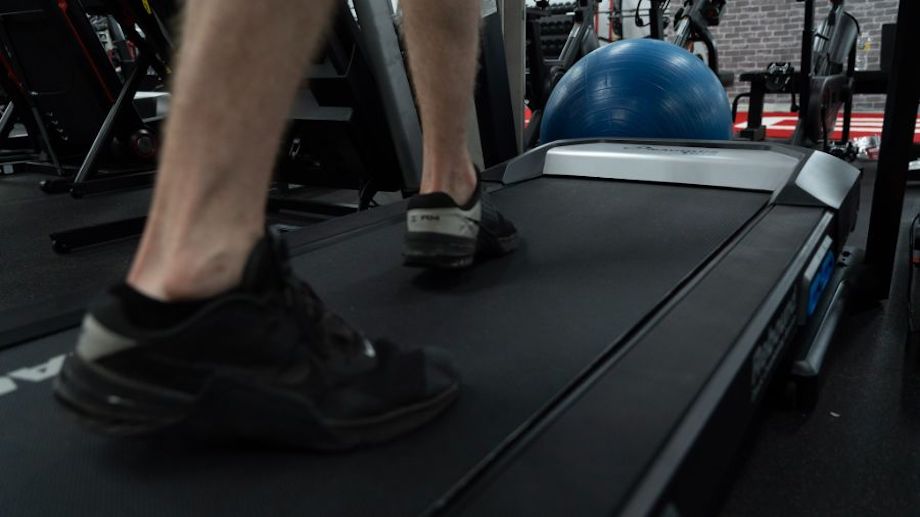
4. Supports Weight Loss
If you add incline training to your routine, you won’t just burn more calories during your sweat session. You’ll also burn calories when you leave the gym.
Elmardi explains: Muscle is more metabolically active than fat, that means that when you put on muscle mass, your body burns more calories to exist even when you’re sitting on your bum! “Because walking at an incline can build more muscle mass than walking on a flat surface, if you replace your flat walks with incline walks, you’ll burn more calories all day long,” he says.
Long term, this can support your long-term weight loss goals, he says. “If you’re trying to lose weight, adding incline training to your routine is a good way to do it.”
Even if weight loss isn’t a goal of yours, this increased muscle activity and muscle-building potential is significant on its own. To be able to achieve an element of strength training and cardio training simultaneously makes for an ultra-efficient workout.
5. Improved Cardiovascular Health
“When we walk uphill, our entire body has to work harder to move us forward,” says Elmardi. This means that our heart has more places it needs to pump blood—which contains nutrients and oxygen—to more body parts. The result? A higher heart rate during incline training than regular training, he says.
Indeed, one research study published in PLOS ONE compared the heart rates of runners when they ran at no incline, a 2% incline, and a 15% incline. The researchers observed that the participants’ heart rates increased as incline increases, or even stayed stagnant. “[The] long term benefit of getting your heart rate up is to improve cardio and cardiovascular health,” Elmardi says.
Actually, research has found that people who walked on a treadmill at a 10% incline had lower blood pressure than those who walked at a 5% incline.
6. Prepares The Body For The Outdoors
Maybe you’re preparing to walk a half marathon this fall. Maybe you want to hike with your pup on the weekend. Maybe you want to be able to safely walk to the bus stop. Regardless of your motivation, walking at an incline can be helpful.
“Outdoor terrain is not flat, so whether you’re training for life or sport, it’s helpful to be able to walk or run at an incline,” says Elmardi. That checks!
Read our full guide to the pros and cons of running outdoors versus on a treadmill.
Are There Downsides To Walking At An Incline?
The list of pros of incline treadmill walking is long. But there are some potential downsides to consider.
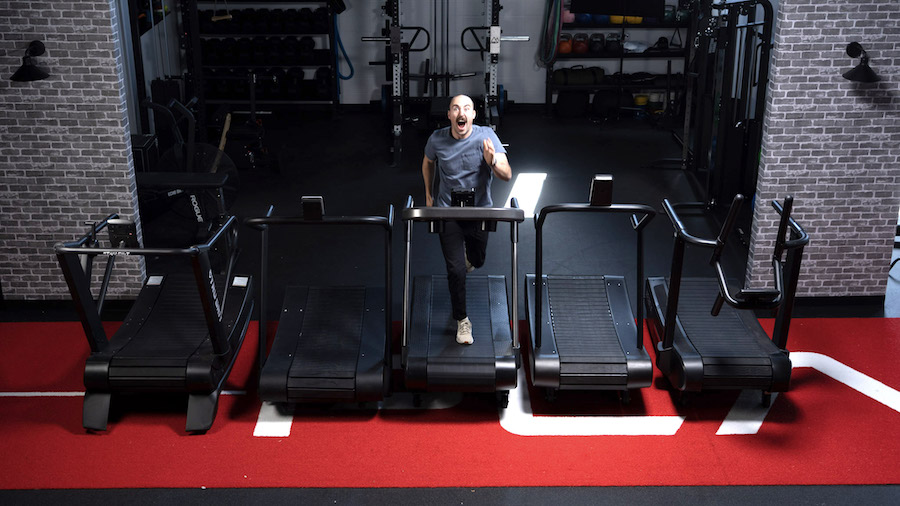
1. Can Lead To Shin Splints
As a group, runners are no strangers to shin splints—but people walking on a higher incline can become plagued by them, too. This is true even though walking is considered a low-impact workout.
Quick refresher: Shin splints are a painful condition that occurs when the muscles around the knee become inflamed due to overuse, explains Elmardi. “It is caused by repetitive strain on the lower leg that can be caused by walking on an incline on the treadmill if the user does not use proper technique,” he says.
To prevent shin splints, he suggests first lacing up with footwear that fits your foot and its specific shape. “You also want to take short steps,” he says. Your front foot should not over-stride, which can help ensure that you’re able to properly roll from heel-to-toe with each and every step, he explains.
Giving your leg muscles time to adapt to the new stimulus (an incline) by walking for short bouts (10 to 20 minutes) the first few weeks you try it can also help. Slowly increasing the grade is a good tactic, too. For instance, start at a 2 percent incline and work your way up to a 5 percent grade over time.
2. Can Aggravate Lower Back Pain
“When you walk on an incline treadmill, your back and core muscles need to work harder to keep your body upright as you stride,” says Elmardi. “This puts more pressure on your spine than when you walk on flat ground,” he says, especially if your core muscles are not properly engaged throughout the duration of your workout.
Walking at an incline does not usually, on its own, cause lower back issues. However, if you have pre-existing back pain, Elmardi says walking at an incline can act as an aggravator.
“Walking on an incline treadmill is not recommended if you have any type of back injury,” he says. Unless your physical therapist or informed personal trainer has written you an incline treadmill workout plan that takes your current health conditions, fitness level, and current exercise routine into account.
3. You Might Be Sore After
A little muscle soreness shouldn’t deter you from giving incline training a try. After all, any kind of physical activity can induce muscle soreness if it activates muscle groups that you don’t normally activate — or activates them in a different way.
Still, don’t be shocked if your legs feel heavy walking up stairs two to three days following your first hill or incline workout, says Elmardi. Adequate sleep, hydration, and nutrition can all help speed up your recovery.
FAQs About the Benefits of Incline Training
What is incline on a treadmill good for?
Increasing the incline of your treadmill can provide greater muscle and cardiovascular benefits compared to a neutral treadmill — and that stands whether you walk or run on the machine.
So, whether your goal is to increase lower-body muscle endurance or boost cardiovascular capacity, the incline treadmill can help.
Is walking on an incline good for weight loss?
You bet. The incline treadmill is superior at increasing muscle activation and challenging your cardiovascular system compared to a flat treadmill. Both of these perks result in greater calories burn, an essential ingredient in weight loss.
Does an incline treadmill burn belly fat?
An incline treadmill can help increase your overall caloric burn, thereby making it easier to obtain a caloric deficit (where you burn more calories than you consume). In other words, you can do multiple incline treadmill workouts but you also need to make sure you’re eating a proper amount of calories.
What does 30 minutes of incline walking do?
Walking on an incline for 30 minutes will help increase your heart rate, which helps burn calories, and recruits muscle activation in your legs to make them stronger.


